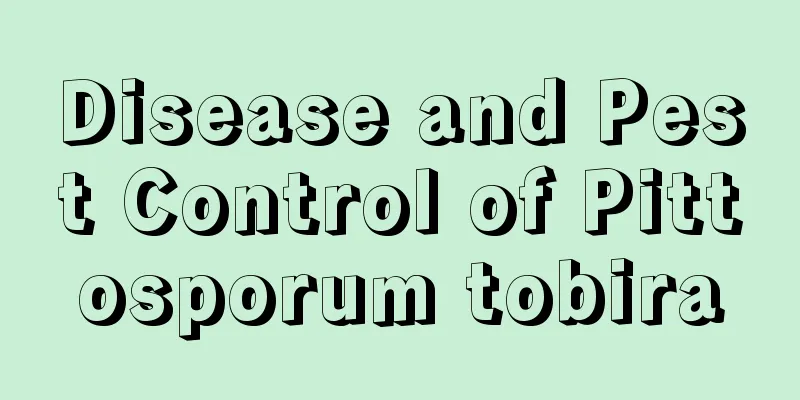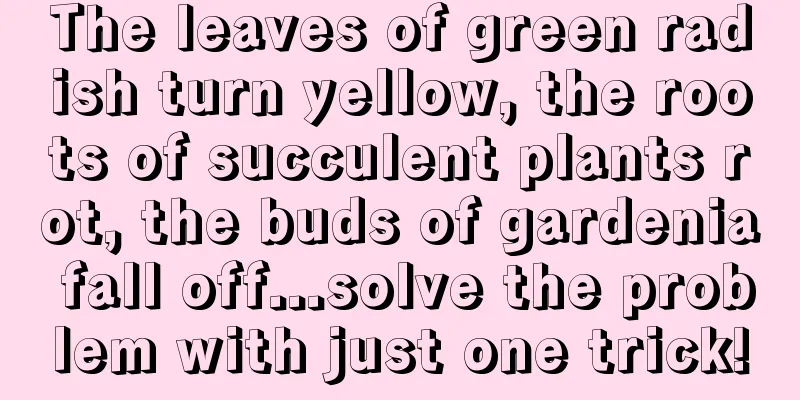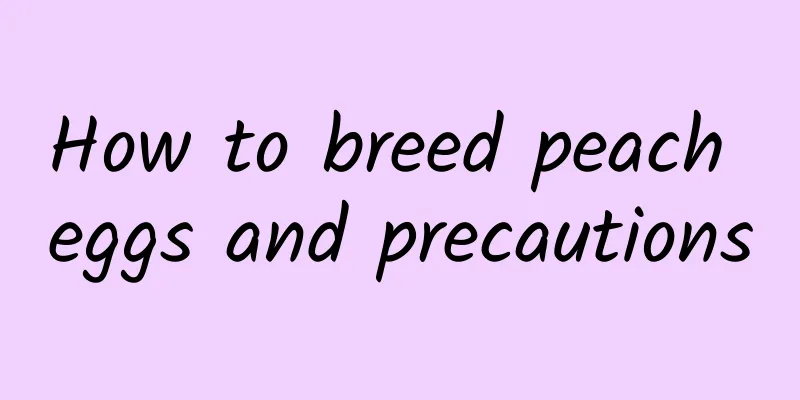Disease and Pest Control of Pittosporum tobira

1. Brown spot diseaseBrown spots appear on the green leaves of Pittosporum. These spots are round, oval, and irregular in shape. Some are large, and some are small. The colors are dark brown and light brown. Some leaves have one spot, and some leaves have several spots of different sizes. This is brown spot disease. In the later stages of brown spot disease, small black spots will appear in the center of the spots, which are the pathogens. Prevention and treatment methodsFirst of all, pathogens should be blocked at the source. Buyers should pay attention to check the leaves when purchasing and avoid buying seedlings with spots. Sellers should check their own seedlings at any time and treat or destroy them in time if any diseases are found. After purchase, plant it scientifically and take good care of it to enhance the immunity of the Pittosporum tobira. If you find spotted branches and leaves, remove and destroy them in time. If you are sure that they have the disease, you can also treat them by spraying pesticides in the correct amount and on time according to the correct treatment method. 2. Sooty diseaseSooty mold mainly manifests itself on the leaves, where some coal ash-like mold will cover the leaf surface, preventing the leaves from receiving light, making it impossible for them to grow normally, and eventually they will dry up and die. Prevention and treatment methodsBecause sooty mold mainly affects the light exposure of plants, to prevent and control this disease, the branches and leaves must be layered in a reasonable, sparse and orderly manner so that every leaf can bathe in sunlight; if diseased branches are found, they must be cut off and destroyed in time. 3. Blowing cotton scaleThe cottony scale is a pest that looks like a spider. It seriously affects the healthy growth of Pittosporum tobira and can even occur multiple times a year. It is a very stubborn and difficult to control pest. Prevention and treatment methodsJust like preventing and controlling brown spot disease, the first thing to do is to block it at the source. Buyers should pay attention to inspection when purchasing and refuse to buy if they find pests. Sellers should take good care of their seedlings and treat pests in time if they find any. If pests are discovered after planting, the first thing to do is to cut off the infested branches and leaves, take them out of the field and destroy them. You can also use insects to prevent pests by introducing red ladybugs that love to eat cottony scale. Of course, you can also use drugs to prevent and control the pests. |
<<: Disease and Pest Control of Sambucus
>>: Common diseases and pests of Lily of the Valley and their control
Recommend
Can yellow jasmine be propagated by cuttings?
1. Can it be propagated by cuttings? Yellow jasmi...
What types of flower pots are there
Plastic flower pots Plastic flower pots are the m...
How to grow succulent hibiscus snow lotus
1. Sunlight Our little succulent is a plant that ...
What to do if the leaves of golden diamond turn yellow
1. Remove the pot and place it in a cool place or...
How to grow Phalaenopsis
1. Breeding environment (1) Temperature: preferab...
Can asparagus fern be watered with Coca Cola? The correct way to water asparagus fern with Coca Cola
Can asparagus fern be watered with Coke? Asparagu...
Is the fiddle-leaf fig suitable for a deep or shallow pot?
Use a deep or shallow pot for fiddle-leaf fig It ...
The growth environment and local conditions of jasmine
Winter Jasmine Growth Environment and Conditions ...
How to make longan sprout quickly
Longan germination environment Longan seeds can b...
What to do if the leaves of the green radish turn yellow
1. Cut off the yellow leaves If you find that its...
How to make Milan bonsai with roots the best (how to make bonsai with roots illustrated)
The Milantigen method can be roughly divided into...
What are the varieties of Anemone?
Varieties of Anemone There are two main types of ...
Can blueberries be grown in Guangxi?
Can blueberries be grown in Guangxi? Blueberries ...
How to propagate purple leaf plum
Purple Leaf Plum Propagation Method: Bud Grafting...
What kind of soil is suitable for growing ivy?
Introduction to Ivy The stems of ivy are black-br...









